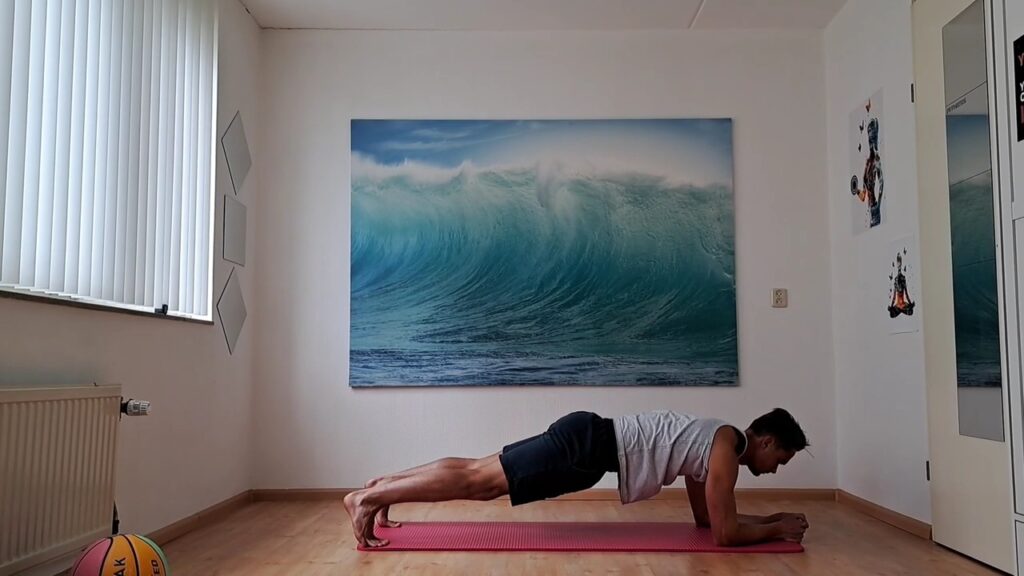As an athlete, you know the importance of a strong core. It’s the foundation for all your movements, providing stability, power transfer, and injury prevention. But traditional core exercises can get repetitive. This is where yoga steps in, offering a unique approach to building core strength and stability that complements your athletic training.
Why is a Strong Core Important for Athletes?
Your core isn’t just your six-pack abs. It’s a complex network of muscles that includes your deep abdominal muscles, back muscles, and hips. A strong core provides:
- Stability: It helps you maintain proper posture and alignment during movements, reducing stress on your joints.
- Power Transfer: A strong core allows you to efficiently transfer energy from your lower body to your upper body, maximizing your performance.
- Injury Prevention: A strong core helps protect your spine and lower back from injuries caused by twisting, bending, and impact.
How Yoga Strengthens and Stabilizes Your Core:
Yoga poses engage your core muscles in a variety of ways, from isometric holds to dynamic movements. Unlike isolated core exercises, yoga often works your core in conjunction with other muscle groups, mimicking real-life athletic movements. Here’s what yoga offers:
- Deep Core Activation: Many yoga poses target your deep abdominal muscles, which are crucial for stability but often neglected in traditional workouts.
- Functional Strength: Yoga poses build core strength in a way that translates to your specific sport. Balancing poses and warrior variations, for example, improve core stability needed for agility and quick changes of direction.
- Improved Flexibility: Tightness in your hips and hamstrings can limit your core strength. Yoga stretches these areas, allowing for better core engagement and overall movement efficiency.
Yoga Poses for Core Strength and Stability:
Here are some key yoga poses to target your core:
- Plank Pose: This classic pose builds overall core strength and stability.

- Side Plank Pose: Targets your obliques, the muscles on the sides of your core, crucial for rotational movements.
- Boat Pose: Strengthens your deep abdominal muscles while challenging your balance.
- Warrior III Pose: Improves balance and core engagement needed for single-leg activities.
- Bridge Pose: Strengthens your core and glutes while improving lower back flexibility.
Building a Yoga Core Strength Routine:
Integrate these poses into your existing workout routine or create a dedicated yoga practice for core strength. Here are some tips:
- Start Slow: Begin with basic poses and gradually increase difficulty as you get stronger.
- Focus on Form: Proper alignment is essential to maximize benefits and avoid injury. Don’t hesitate to modify poses as needed.
- Breathe Deeply: Coordinate your breath with your movements to engage your core muscles further and improve overall control.
- Listen to Your Body: Don’t push through pain. Take breaks when needed and modify poses if something feels uncomfortable.
Combining Yoga with Your Athletic Training:
Yoga is a powerful tool to add to your regular training. Here’s how to integrate it:
- Pre-Workout: Use short yoga sequences to activate your core and improve mobility before your workout.
- Post-Workout: Include yoga poses to stretch, improve flexibility, and aid recovery after training.
- Active Recovery Days: Dedicate a day to a full yoga practice for core strengthening and overall rejuvenation.
By incorporating yoga into your routine, you’ll develop a strong, stable core that translates to improved athletic performance, reduced injury risk, and a more mindful approach to training. Remember, consistency is key. So, unroll your mat, engage your core, and unlock your inner athlete with the power of yoga!
You can also start right now by going to the videos page.
Leave a Reply